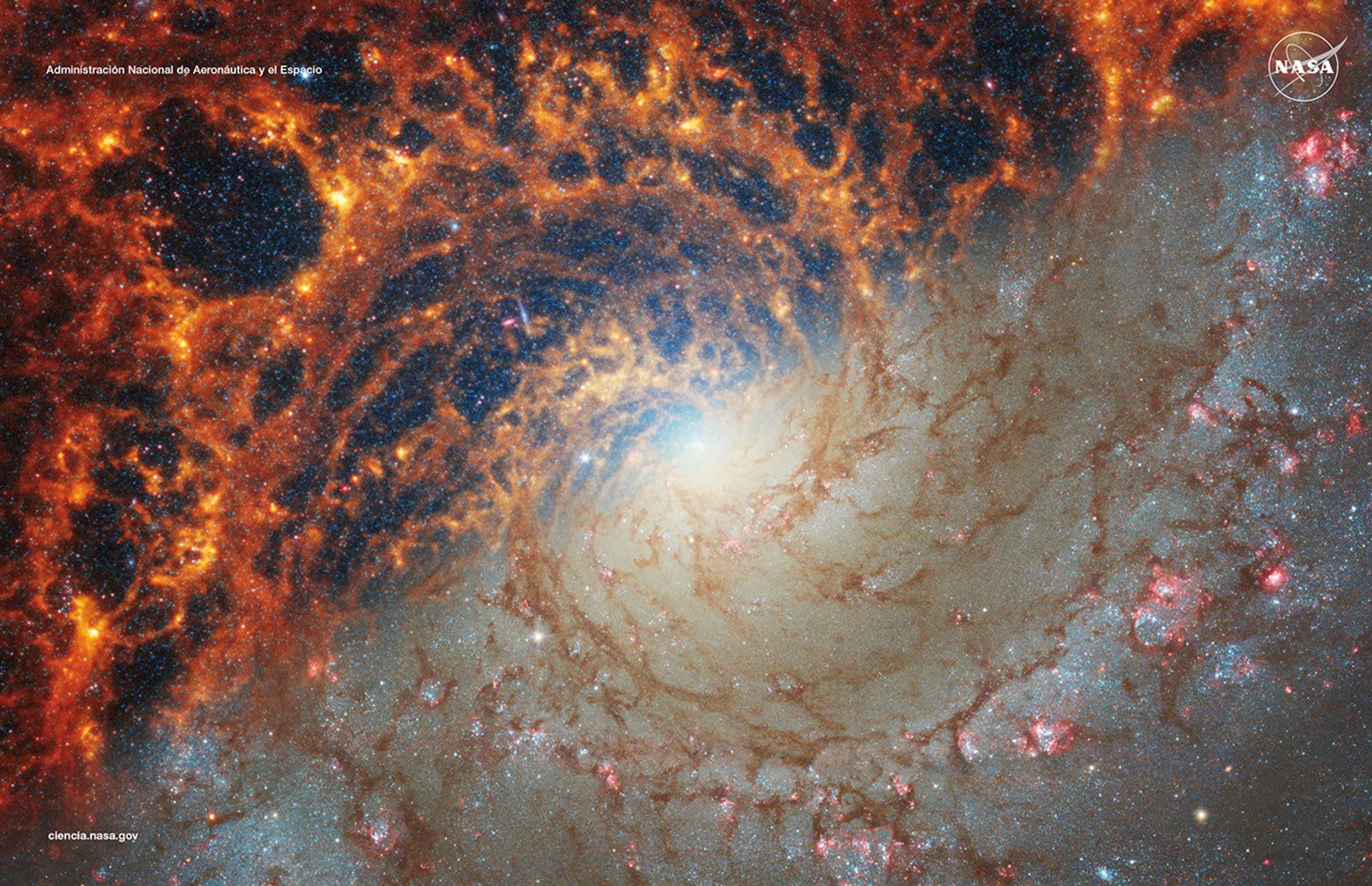X-ray SIG Seminar
X-ray Science Interest Group (XR SIG)
The Future of X-ray Astrophysics Series
Location
Virtual
Dates
22 August 2025
1:00 PM ET
Community
XR SIG
Type
Seminar
Unpacking the Opportunities and Technical Hurdles to Achieving the X-ray Telescope Diffraction Limit
Speaker
Mark Schattenburg
Presentation [PDF]
Abstract
X-ray telescopes with orders of magnitude higher angular resolution were proposed even before the launch of Chandra. Huge leaps in technology have ensued in the intervening decades, with semiconductor applications driving lithography mirror and diffractive patterning technology to easily exceed the precision requirement for a diffraction-limited x-ray telescope. Moreover, in a large effort just now getting underway, industry, academic and government teams have organized to move the next generation of lithography technology from 13.5 to 2.5 nm wavelength, with a concomitant leap in accuracy (https://euvlitho.com/blue-x/). Meanwhile, the x-ray astronomy community has proposed at least seven very interesting optical approaches towards the x-ray diffraction limit (see table below). Each has unique pros and cons that will take a while parse and socialize. Which ones might be good for a pathfinder mission and which for a flagship? There is a lot to unpack! In my presentation I will briefly describe a diffraction-limited design based on the Wolter-Schwarzschild prescription, including its pros and cons.
Perspectives on a Future of Ultra-High Angular Resolution X-ray Astronomy
Speaker
Kim Weaver
Presentation [PDF]
Abstract
The state-of-the art record for X-ray imaging is still held by Chandra at 0.5-1 arcsec. But ideas and development for X-ray optics to obtain extremely high angular resolution have been around for many decades. Recent technical advances to mitigate their challenges have brought these optics to a point that one can now practically imagine a future flagship or probe-class mission with ultra-high angular X-ray resolution of milli-arcseconds to micro-arcseconds. Such a capability would enable transformative astrophysical discoveries. I will present a summary of these current technologies, inviting the audience to think about how we might rank the pros and cons as a community. I will then discuss a current NASA Innovative Advanced Concepts (NIAC) funded architecture study for a micro-arcsecond X-ray interferometer that is tuned to investigate supermassive black hole accretion and exoplanet habitability.
News Straight to Your Inbox
Subscribe to your community email news list
We will never share your email address.



























